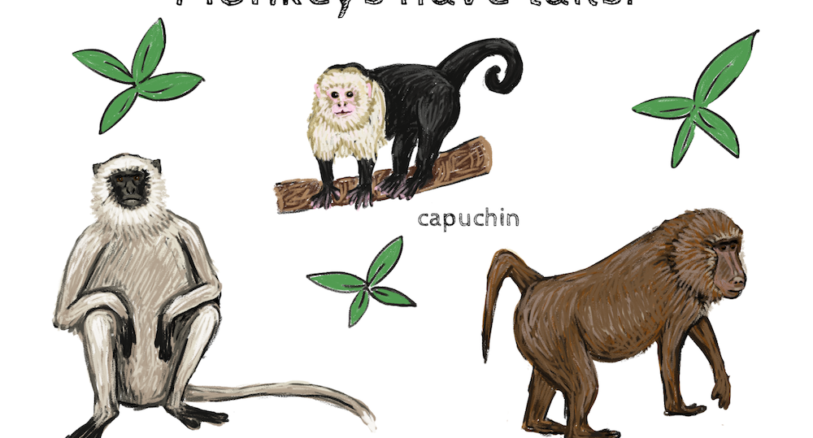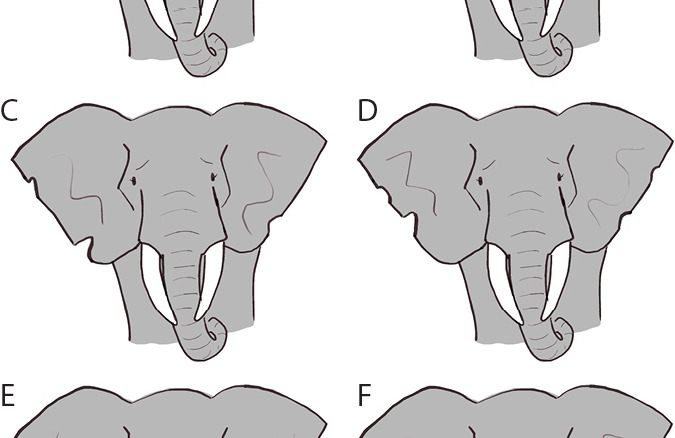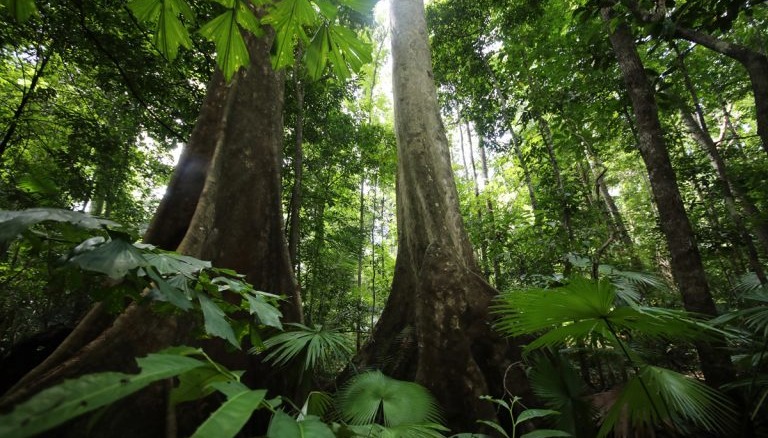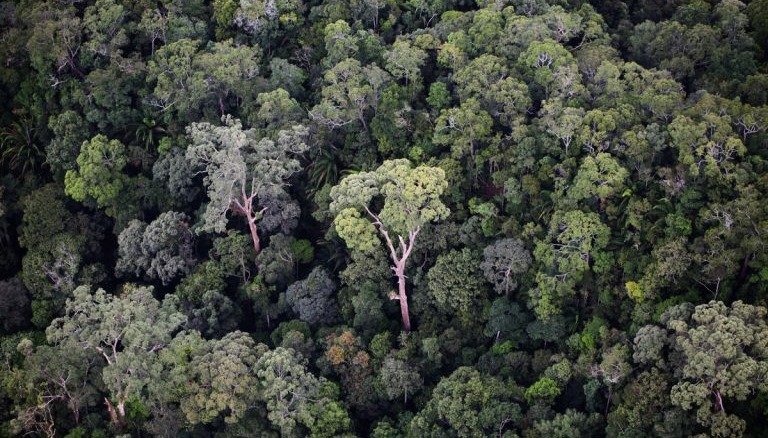By Lisa Algee
This article is part of a four-part series on biodiversity consisting of the following articles:
- Biodiversity
- Deforestation
- Palm Oil
- Conservation (this article)
Each has been taken from the Mongabay main site and adapted to meet 3rd grade science standards and 2nd grade reading standards. Ideally, they are to be read in the above order.
Versions of these articles with 3rd grade reading standards are available here:
What is conservation?
Conservation aims to protect nature for the benefit of all people. How can we save nature and use it at the same time?
Talk with the people.
Let’s imagine you want to turn an empty lot in your neighborhood into a park. You believe it will be fun to play in, add beauty to your town and provide a place for birds, insects and small animals to live. How will you do this? Who will you talk with?
- The owner
- The neighbors
- The town council
- The citizens
The list can go on.
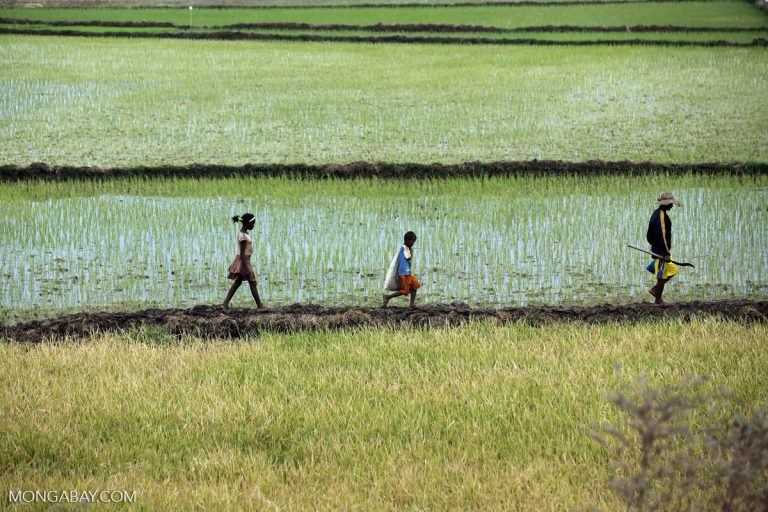
This is similar to any conservation project. Conservation organizations have learned to ask many people to plan each project.
They have learned to ask the women who live near rainforests as well as the men. This is because it is frequently the women who plant, grow or gather food for their families. They will be most affected by changes to the land near their home.
One study found that women living near a nature preserve in Africa were not allowed to hunt the animals. They were angry because the animals in the park stole the fruit from their trees and their children went hungry. The women wanted the government to pay for the loss of the fruit.
Another study found that giving local people small loans to start their own business gave them another way to earn money for their families. Then they did not have to hunt forest animals.
Find ways to use the forest and save the forest.
Do you have a bird in a tree outside your house? That bird may be in your tree and also your neighbor’s. The bird may sleep in your tree but eat in a different tree. The bird may find a mate in a neighbor’s yard. Animals do not care about borders or property lines. But what would happen if you built a huge wall and the bird could not fly over or around it?

The jaguar lives in two continents and 18 countries. Jaguars have wandered from Central America to the Amazon Basin over many generations. They breed with jaguars in different parts of this long rainforest corridor. This range has kept the species healthy by enlarging the gene pool. What will happen if a road or town is built in the rainforest and the jaguar can no longer travel along this corridor?
This is a problem we face. The rainforests are home to plants and animals, which keep our planet healthy. The rainforests also have minerals and resources people need to use. Can we do both?
In some countries governments and conservation groups have planned and built wildlife corridors or bridges giving animals a way to travel from one end of their range to another without barriers like roads. In other countries roads have been designed to go around a nature reserve instead of through it.
Some animals spend their entire life in the canopy of the rainforest. Hundreds of square miles will be developed for oil and gas exploration in the Amazon Basin. Pipelines carrying the oil and gas to cities divide the rainforest canopy and animals cannot travel when there are gaps in the trees.
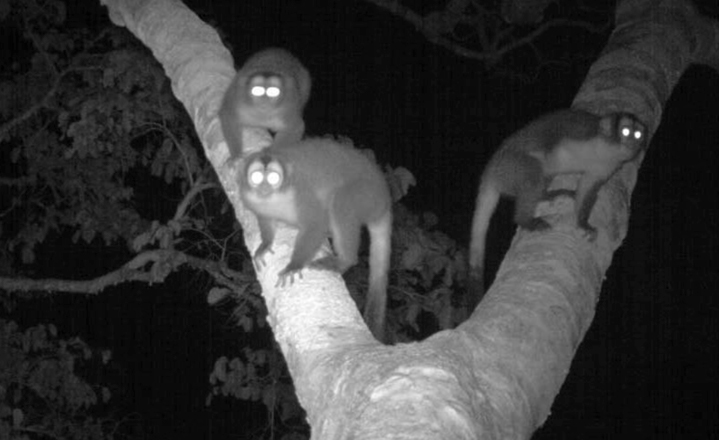
A team of conservationists and scientists in Peru walked along the path of a planned pipeline before it was built. They found tall and wide trees. These trees were big enough to spread over the pipeline. The builders did not cut down these trees. This left a treetop path for canopy animals to use after the pipeline was built. What a good example of planning.
Glossary
Amazon Basin (n.) A region of South America, which drains the Amazon River. It contains the largest tropical rainforest in the world.

Central America (n.) An area extending from the southern border of Mexico to the northern border of Colombia. It separates the Caribbean Sea from the Pacific Ocean.

citizen (n.) An inhabitant of a particular town or city
corridor (n.) A belt of land connecting two areas
donation (n.) Something that is given to a charity, especially money
gene pool (n.) All the genetic information of all individuals in a population
generation (n.) All the people or animals born or living at about the same time
resources (n.) A stock or supply of materials or assets that can be used by people or an organization to function properly.
similar (adj.) Resembling but not identical
Comprehension Questions
1. What is the main idea of the section Talk with the people?
- The government should make the decision about a conservation project.
- The park rangers should make the decision about a conservation project.
- The neighbors should make the decision about a conservation project.
- All of the above.
2. In the article why do some people not want a nature preserve near their home?
- They are poor and need to make money by using the land.
- They would rather live in a city.
- They don’t like animals.
3. The article talks about birds and jaguars. Can you think of other species that need to be able to travel to eat and breed?
Modified from the following articles:
(1) Local approaches to conservation may be the most effective, study finds. By Morgan Erickson Davis, 15 September 2017
Conservation performance of different conservation governance regimes in the Peruvian Amazon, Judith Schleicher, Carlos A. Perez,Tatsuya Amano, William Llactayo & Nigel Leader-Williams Scientific Reports 7, Article number:11318(2017) doi:10.1038/s41598-017-10736-w
(2) Can helping women achieve financial help the environment, too? By Roz Evans, 24 August 2016
(3) Why gender matters in conservation. By Roz Evans, 26 May 2017
(4) On the frontlines of conservation: How do rural women feel? By Neha Jain, 21 July 2017
(5) How effective are wildlife corridors like Singapore’s Eco-Link? By Maxine Chen, 26 July 2017
(6) Cross River super highway changes course in Nigeria. By John C. Cannon, 28 April 2017
(7) Canopy bridges keep rainforest animals connected over gas pipeline. By Claire Salisbury, 2 August 2017
Credit: All content created by Lisa Algee. You can contact Lisa at algeelisa[at]gmail.com

